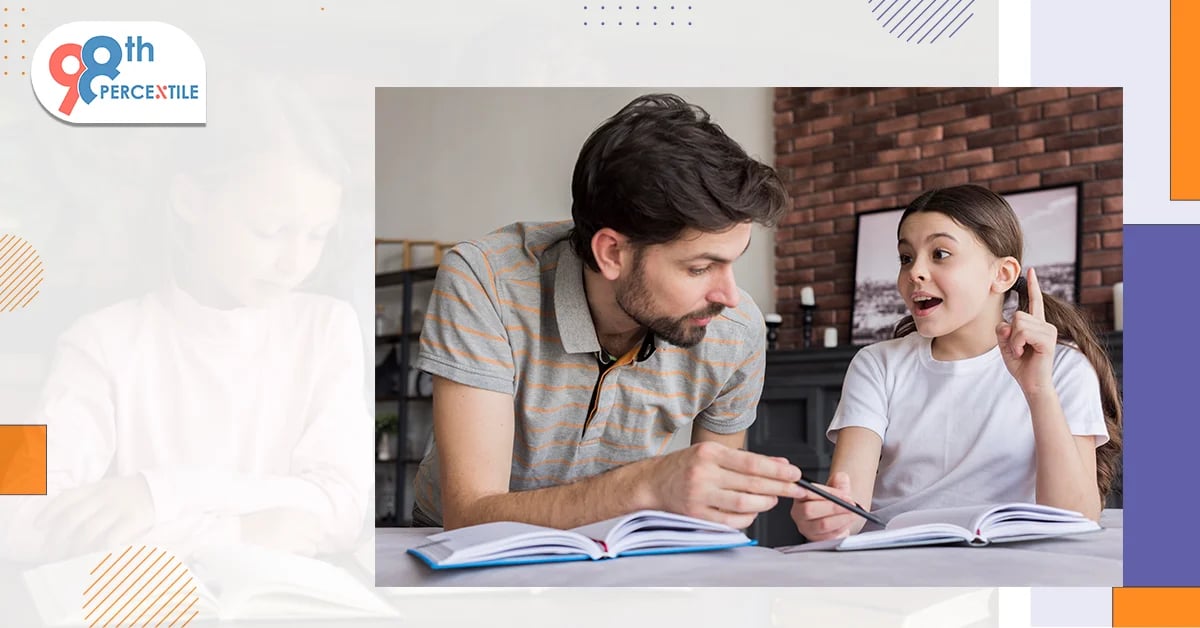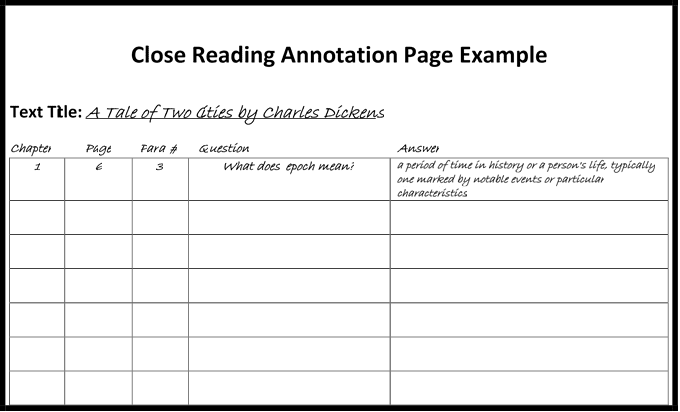
We frequently hear foreign terms and expressions like "annotate" and "close reading" in the context of schooling nowadays. What is meant by annotation? What does mastering close reading entail? Haven't students always just made haphazard notes in their notebooks about words, phrases, and sentences that they hope to grasp later when they are reading difficult texts?
Over time, educators and parents have discovered that addressing challenging texts with the aforementioned approach alone is insufficient to improve pupils' reading comprehension. This is demonstrated by the student's experiences, both past and present, of barely making it through challenging readings, sifting through and momentarily memorizing perplexing information in the hopes of passing. As a result, pupils may lose interest in reading completely and feel disheartened.
However, teaching reluctant readers how to annotate significant passages as part of close reading challenging literature can boost their confidence and encouragement, two things that are necessary for reading success.
Download FREE English Worksheets!
5 Strategies for Children to Annotate Text Using Close Reading
- Prepare a comfortable, well-lit workspace with all needed materials: a ruler, reading glasses, text, pens/pencils, spiral binder, bookmarks, tablet, or computer (with a safe search feature) for quick research.
- Set up your spiral binder for note-taking according to the example below. Write out the text title on the left side. Use a ruler to make 5 columns per page. Note headings above the columns. Make as many close reading annotation pages as are needed for the assigned reading.
- Warm up to the text by reading or reviewing the cover, back, and table of contents’ organization.
- Warm up to the chapter by turning to the section assigned, noting the number of pages assigned; photos, diagrams, and other illustrations; and the organization of the content.
- Focus on the assigned reading by remembering that the chapter title provides the spotlight and topic sentences provide the flashlights on the chapter’s organized messages as you go. If you are attending to the material consistently, you should continuously appreciate and understand the organization provided.
- Read the first paragraph (using a horizontal bookmark line-by-line, if necessary) by observing that the material discussed below the topic sentence (flashlight) supports it.
- Look up any vocabulary words you don’t know by using an electronic device and note your vocabulary word information as an entry on your close reading annotation page (example below).
- Look up any other words or phrases you don’t understand, following the same process as above by recording your information on your close reading annotation page.
- Re-read the paragraph with your acquired knowledge to be sure that you understand it now.
- Continue this process with each paragraph you don’t understand through the end of your assigned reading.
- When you are finished with the assigned reading, review your close reading annotation page, highlighting any areas you will need to study more in-depth for a test.
- Study your close reading annotation pages regularly before a test on the chapter, section, or book.
Note: You will become more proficient and knowledgeable over time as you develop your close reading and annotating skills, even though this process may take some time at first!

As a parent, you understand how vital it is that your child receive a top-notch English Language Arts education. Your child can thrive with the help of 98thPercentile! If you are interested in connecting with us to achieve your child's English Language Arts educational needs, we offer high-quality training for all six aspects of the subject, including close reading abilities, through our accelerated learning content-mastery program.
FAQs
Q.1. How does annotating enhance understanding?
Ans. Through encouraging active reading through interaction with the text, annotations aid in the identification of crucial details, the construction of connections, and the clarification of ideas, all of which contribute to increased comprehension.
Q.2. Which tools are available for annotation?
Ans. Youngsters can make notes and highlight significant passages in their reading materials using pens, highlighters, sticky notes, and digital resources including software and applications for annotation.
Q.3. How can parents help their kids with text annotation?
Ans. Parents should encourage consistent practice, offer suitable resources, and serve as role models for annotation approaches. Critical thinking and comprehension can also be strengthened by having a group discussion about the annotations.
Q.4. How might the annotating process be improved by digital tools?
Ans. Features like note-taking, bookmarking, and highlighting are available in digital tools like e-readers and annotation apps, which can enhance the accessibility and interactivity of the annotating process.
Q.5. How may exam preparation be aided by annotation?
Ans. Annotating makes it simpler for pupils to review and prepare for tests by assisting them in recognizing and remembering crucial information. During revision, it can be helpful to highlight important ideas and provide a summary in the margins.
Book FREE English Trial Classes Now!

 Students/Staff
Students/Staff Parents
Parents ElevatEd
ElevatEd


-Nov-18-2025-03-57-47-3267-AM.png?width=360&length=360&name=401x226%20(6)-Nov-18-2025-03-57-47-3267-AM.png)



-Jul-22-2025-03-16-52-8797-AM.png?width=360&length=360&name=401x226%20(6)-Jul-22-2025-03-16-52-8797-AM.png)






